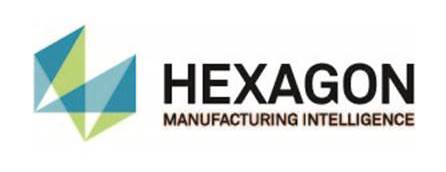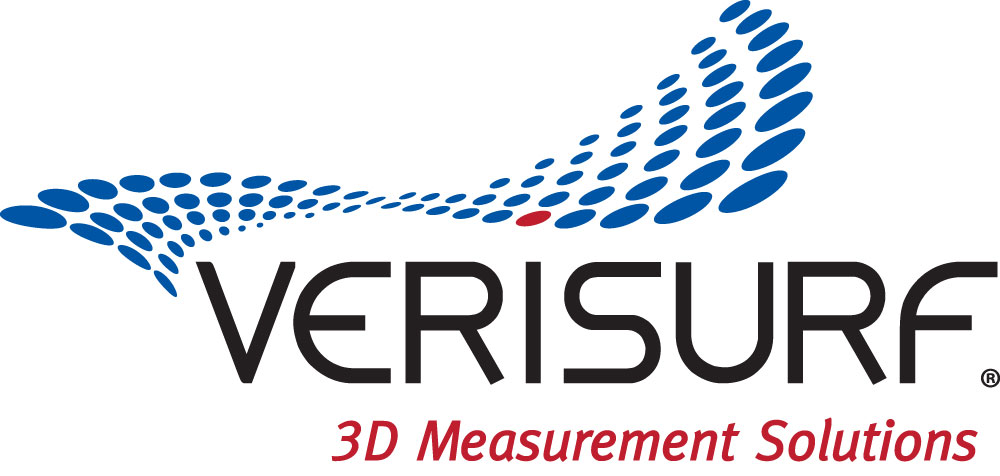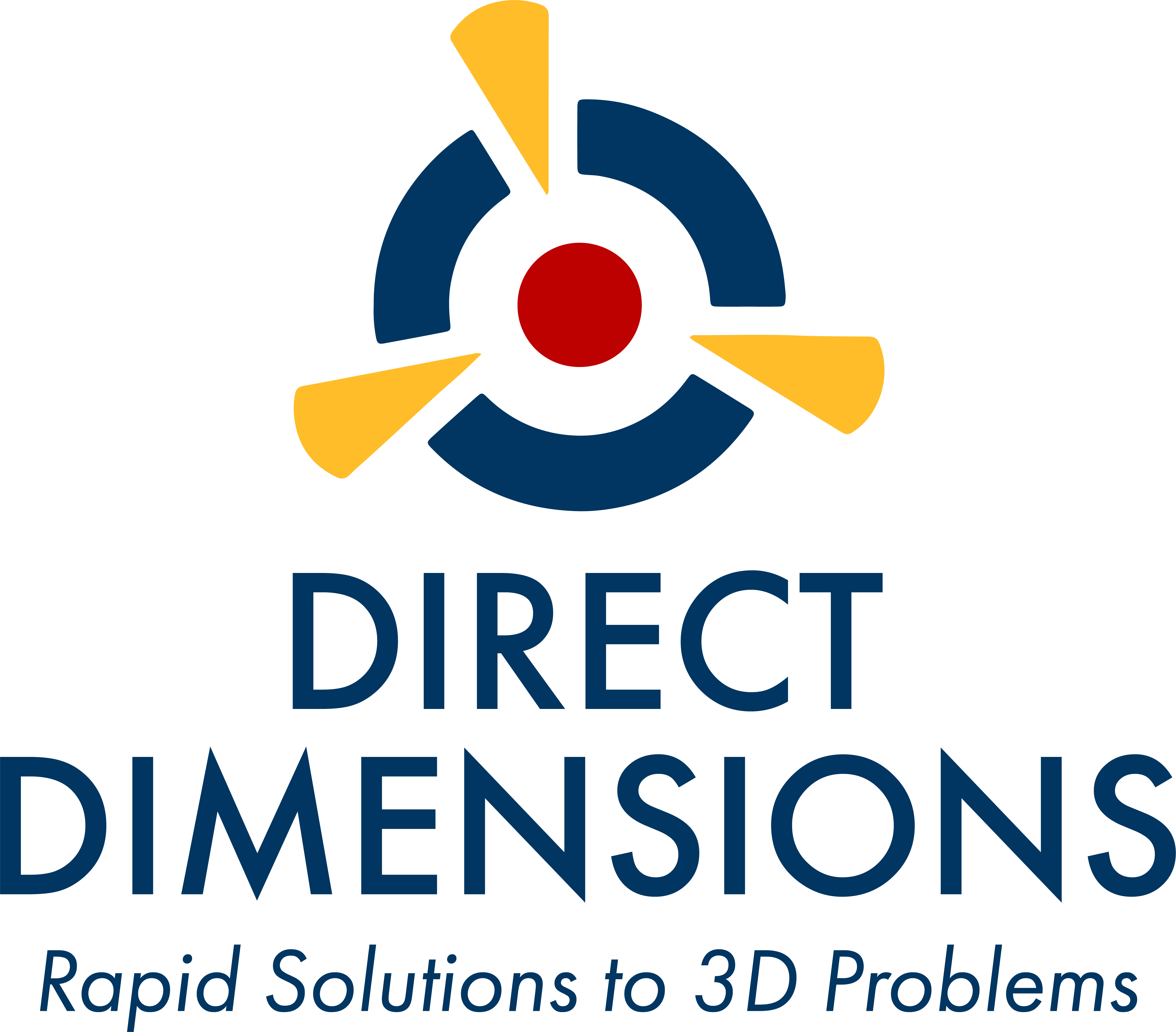Speaker Bio:
Davide accomplished his M.S. degree in Mechanical Engineering at the University of Padova in Italy in 2004. From 2005 till 2012 he was responsible for the installation and alignment of CNAO (National Center for Oncological Hadrontherapy) which is a particle accelerator for cancer treatment. During this period he was in charge as CAD expert for the mechanical project and machine layout, mechanical fiducialization, installation and alignment of high technology devices.
Five years ago he joined the Engineering Division at Lawrence Berkeley National Laboratory (LBNL) and he is part of the Survey and Alignment group which is focused on installation, maintenance and upgrade of the existing particle accelerator ALS (Advanced Light Source) with its beamlines. In more than ten years of on-field experience, he developed very good knowledge on many instruments, data analysis and reporting: optical and electronic levels, theodolites, total stations, laser trackers, portable CMM and more recently autocollimator and laser scanner
Author: Davide Bianculli
LBNL – Lawrence Berkeley National Laboratory
1 Cyclotron Road, Berkeley (CA) – 94720
Contacts : e-mail dbianculli@lbl.gov – Phone office (+1) 510-486-6383 Phone mob: (+1) 510-734-1884
TITLE: Application of Terrestrial Laser Scanner in Particle Accelerator and Reverse Engineering Solutions
ABSTRACT
Terrestrial Laser Scanners can collect a million points per second and it is a technology widely used in fields such as: topography, forensics, building, mining, as-built surveying, architecture, archaeology, monitoring, civil engineering and urban modeling. In this paper a novel application for particle accelerators is presented. The Leica ScanStation P20 has been used to collect point cloud data and HDR images of the inner wall of the Advanced Light Source particle accelerator main storage ring tunnel; sub-millimeter accuracy registration of multiple setups was performed on sphere shaped targets using an existing monument network previously surveyed by laser tracker. Data was exported in a web-based point cloud with HDR images. Direct surface reconstructions in Autodesk Inventor 3D CAD provide a parametric solid model of all significant features such as wireways, pipelines, air ducts and electrical boxes. A validation analysis was conducted comparing the constructed model to the actual tunnel wall by laser tracker.






